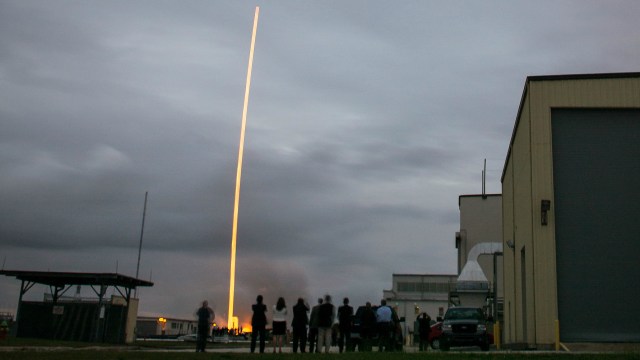Ask Ethan #65: Magnetism From Afar
It’s hard enough to measure here on Earth, so how do we measure magnetism for our Sun, the stars and even distant galaxies?
“Nothing is too wonderful to be true, if it be consistent with the laws of nature.”
–Michael Faraday
It’s the end of the week, and not only time for another Ask Ethan, but time to give away another 2015 Year In Space Calendar to the lucky submitter whose question gets chosen! I’ve taken a look through your questions and suggestions (and there were many good ones), but congratulations are in order for Forbes Hirsch, who asks:
[H]ow we can measure magnetic properties at a distance? This usually comes up in relation to the Sun, with north or south declinations, strengths, etc. How can we ‘sense’ magnetic forces at such distances?
Let’s start by considering what we do here on Earth.

Magnetic fields, on their own, don’t leave any visible or discernible signature. It’s only because of their effects on things that do respond to magnetic fields, either materials that are themselves magnetized or magnetizable, or on electrically charged particles that move through them, that we can see evidence of their existence at all.
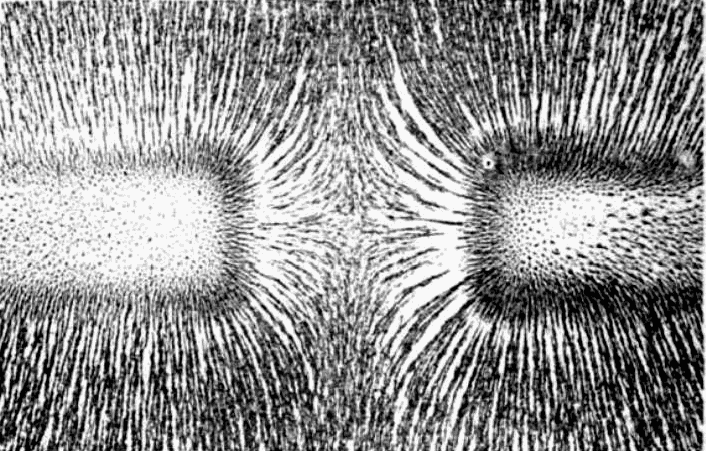
The above example — of a ferromagnetic substance (like iron) aligning along magnetic field lines — is probably the most common way to view and visualize magnetic fields. You might think that a method like this would be completely impractical when it comes to astrophysics, since it’s not like you can take material, drop it onto a star and just have it trace out magnetic field lines.
Or can you?
https://www.youtube.com/watch?v=6F3pDa7UKAk
You kind of can! The Sun, remember, is an ionized plasma, with negatively charged electrons and positively charged nuclei and ions at the photosphere. What happens when a magnetic field acts on these charged particles with very different masses is that the pressure increases at various points where the field is strongest, and this causes an ejection of material from the Sun. This can manifest itself as the familiar sight of sunspots and coronal loops.
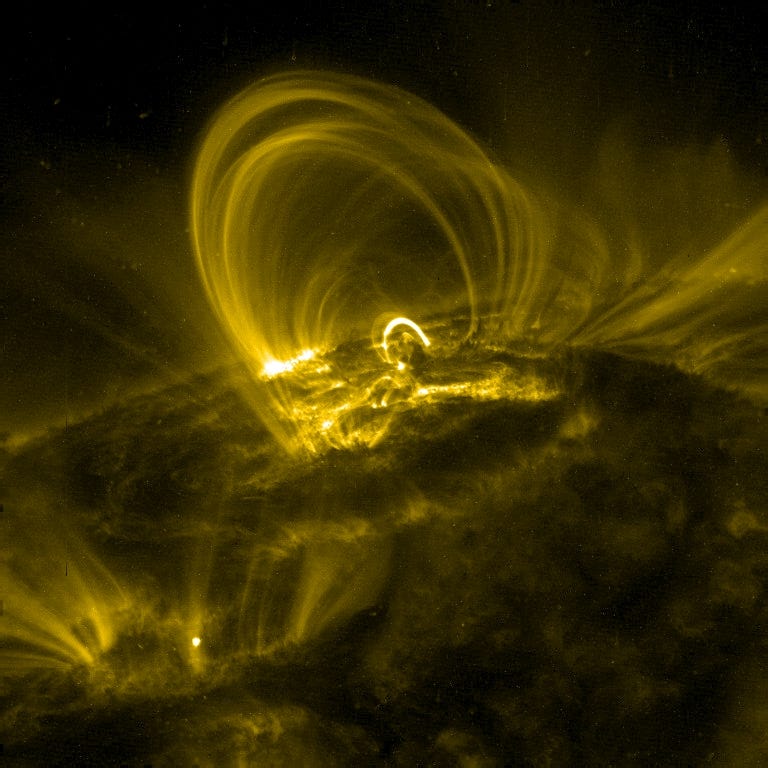
Charged particles curve in the presence of a magnetic field, and the interior of the Sun has a magnetic field that’s very twisted inside, something that’s evident from images taken above the Sun’s surface.
In addition, it isn’t only the Sun that gives evidence of a magnetic field, and it isn’t only direct imaging of charged particles that lets us know one is present. There’s a wonderful effect call the Zeeman Effect, where particles that normally have a single absorption line (at a particular wavelength) have that absorption feature split into multiple different lines thanks to the presence of a magnetic field. By measuring the absorption lines, their wavelengths and their splitting, and comparing them to the rest-frame signatures, we can not only reconstruct how quickly the star is moving or rotating, but we can map its magnetic field as well.
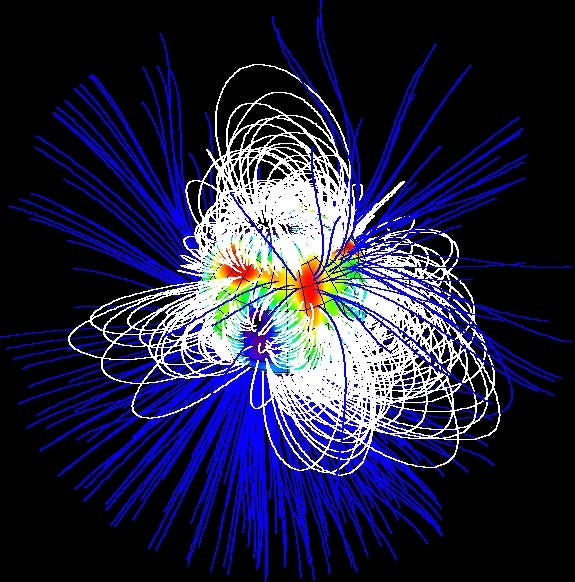
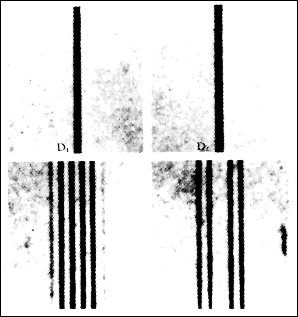
In cases where such measurements are beyond our capabilities, there’s still hope. We can also look for streams of accelerated particles coming out of various astrophysical objects — such as stars, white dwarfs, neutron stars, black holes and even active galaxies — and extrapolate what must be going on from a magnetism point-of-view.
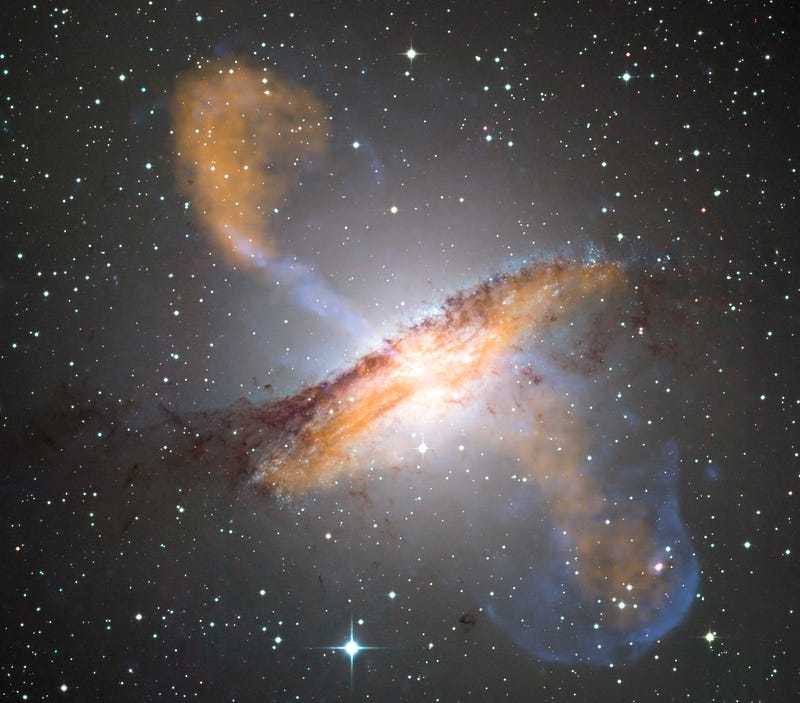
But what about distant galaxies that aren’t necessarily active? Believe it or not, we can even map their magnetic fields by taking advantage of the simple fact that light itself is an electromagnetic wave, and hence responds to the presence of magnetic fields.
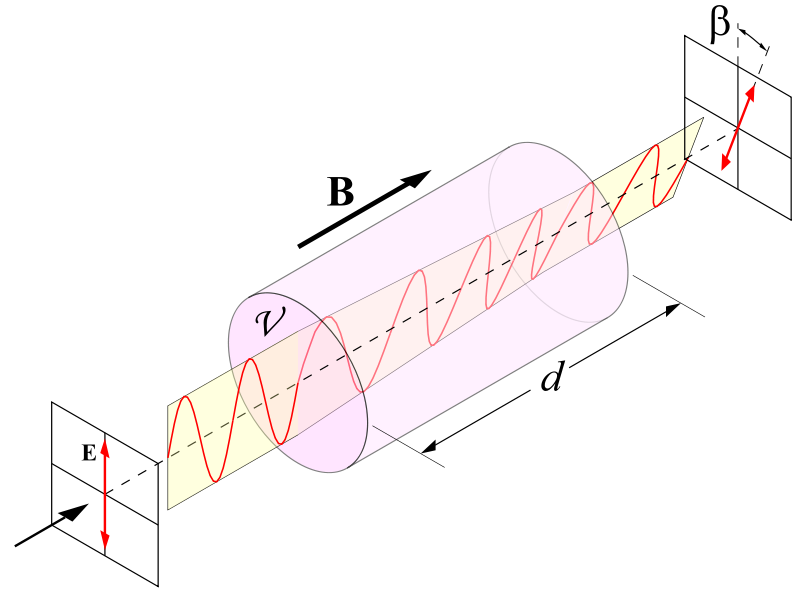
In particular, there’s an effect known as Faraday rotation, where free electrons in an interstellar magnetic field cause the light to become circularly polarized by a specific amount. Although there are many variables, such as the electron density and the magnetic field’s magnitude, there’s a very simple dependence of this effect on the light’s wavelength. So all you have to do is point away from a galaxy, measure how background light of many different frequencies behaves, then progressively move through the galaxy making the same measurements, and come all the way through the galaxy to the other size.
In the end, you’ll have a measure of how the light rotates due to the Faraday effect, and if you reconstruct the free electron density, you’ll be able to make a map of the galaxy’s magnetic field, too!
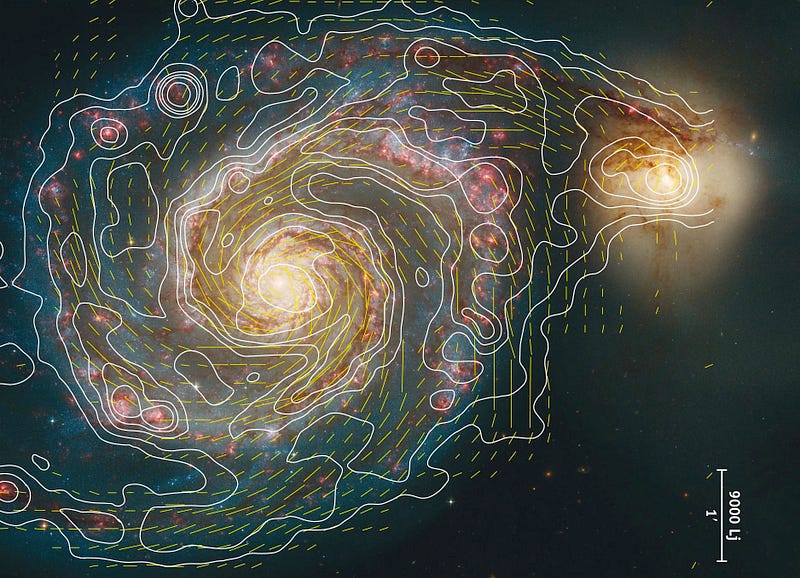
For example, we’ve been able to map out the magnetic field of the Whirlpool Galaxy, M51, thanks to long-wavelength radio waves coming from it, and the Faraday rotation of those waves.
But in an amazing recent development, we’ve also been able to make incredibly accurate maps of the magnetic field in our own galaxy.
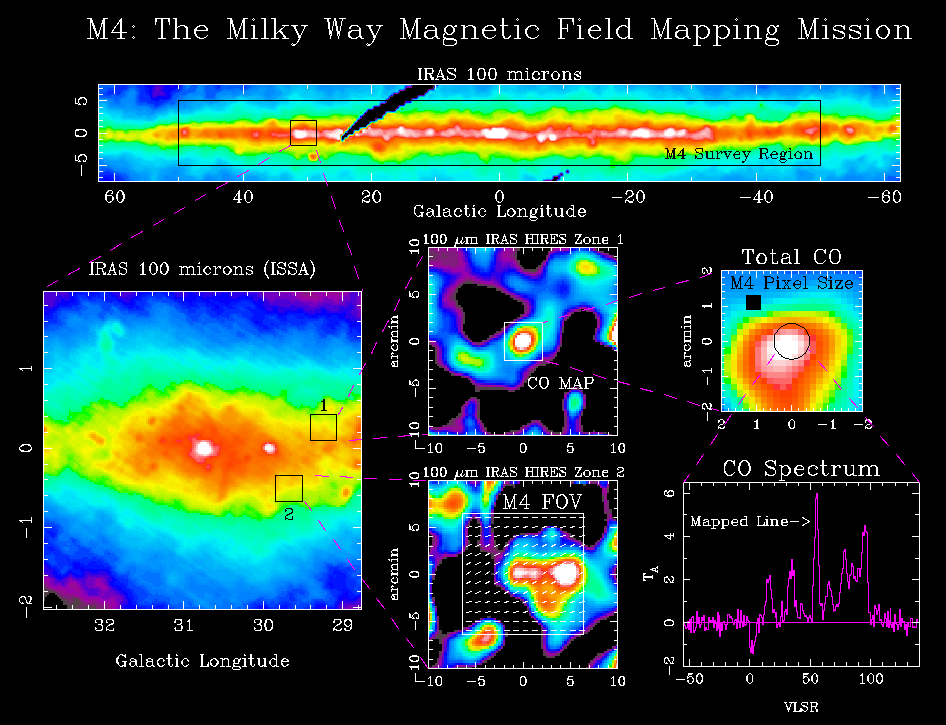
Normally, learning anything about our galaxy is extremely difficult due to our presence actually in it, but for once — for mapping the magnetic field — our presence within it is actually a boon, because we’re closer and can view it in greater detail from inside! (Also, much of the galaxy is transparent to the wavelengths we use, which helps as well.)
In fact, the European Space Agency just released the greatest map of the galaxy’s magnetic field earlier this year!
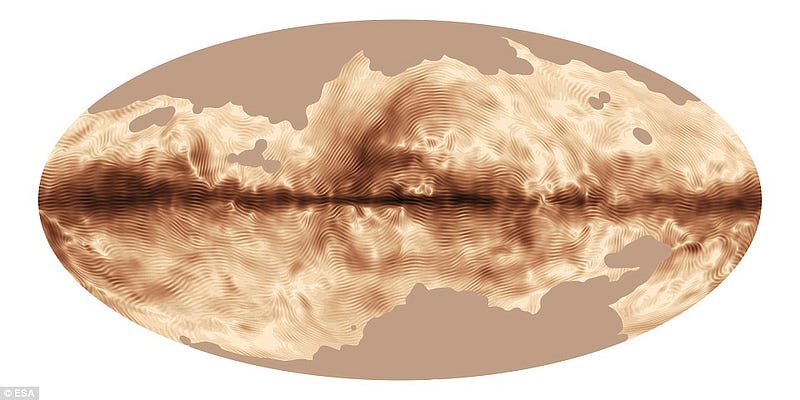
Even more impressive? They’ve released still images of the detail of that magnetic field, with the hot-and-cold spots from the microwave background overlaid atop it. Check out the impressiveness!
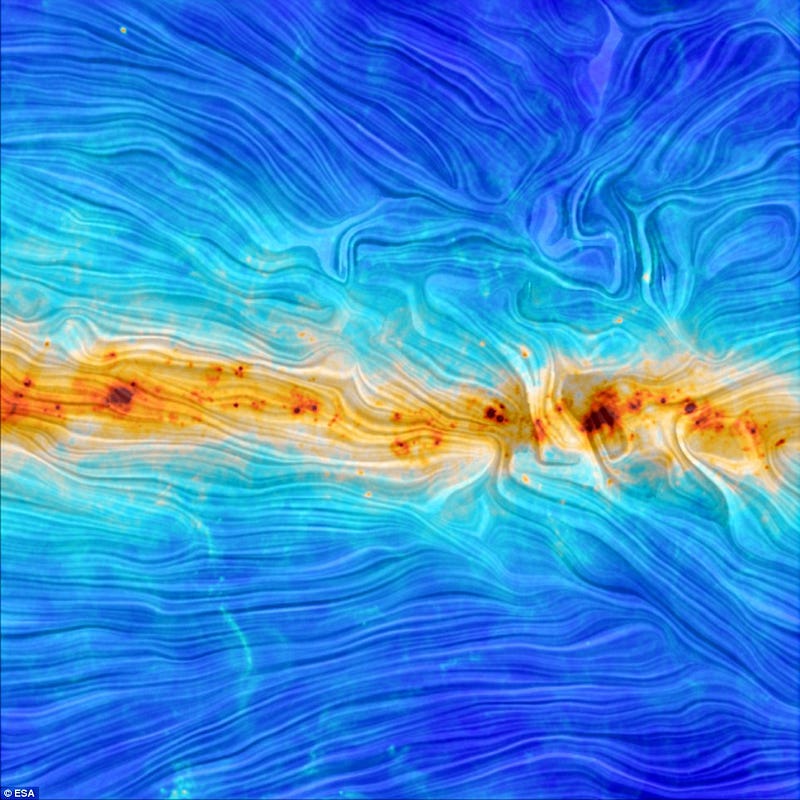
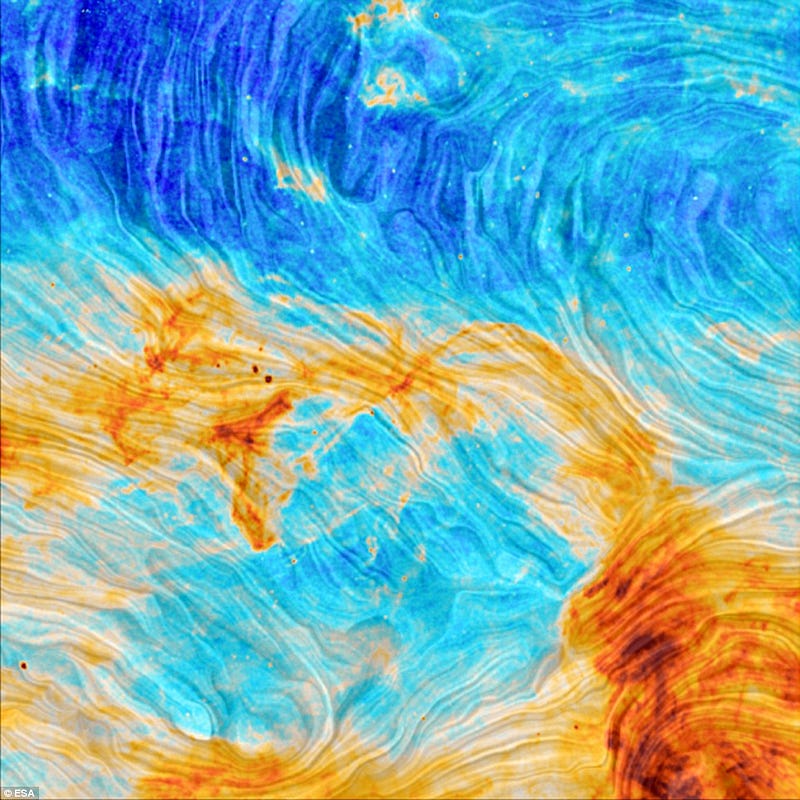
So, Forbes, even though we can’t measure magnetism directly, we are well aware of its effects on charged particles, absorption spectral lines and the polarization of photons, and we can use that information to reconstruct the magnetic fields of any astrophysical object in the Universe, from the Sun to the stars to even a distant galaxy!
Keep an eye out for an email from me so we can send you your calendar, and if you’d like a chance to win, send in your questions and suggestions along with how to contact you, and not only might the next Ask Ethan be yours, but a free 2015 Year In Space Calendar, too!
Leave your comments at the Starts With A Bang forum on Scienceblogs!





